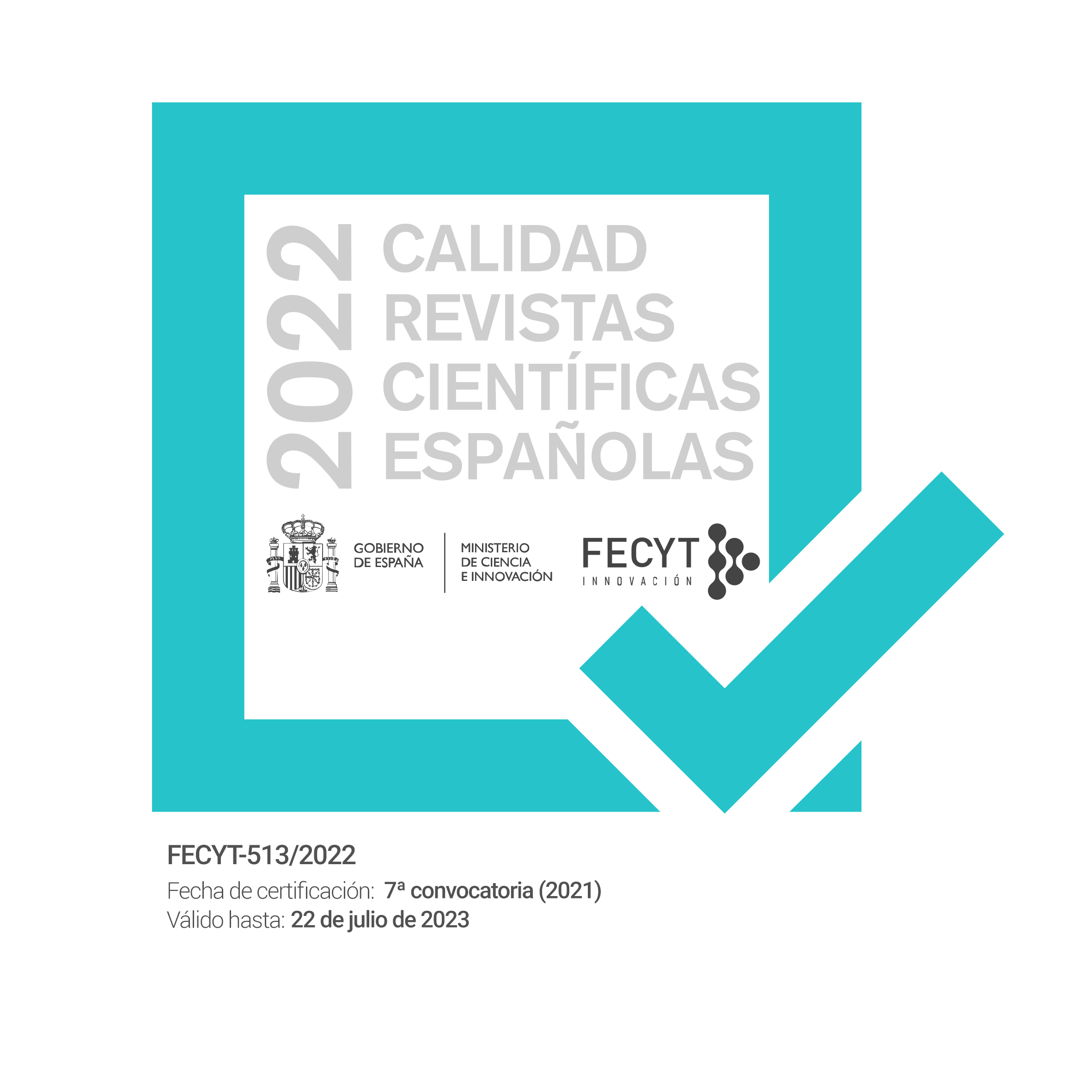LA GRAFOLOGÍA Y APRENDIZAJE: POSIBILIDAD DE DETECCIÓN DE LA FORMA DE APRENDER A TRAVÉS DE LA ESCRITURA
DOI:
https://doi.org/10.55777/rea.v1i2.857Keywords:
Grafología, estilos de aprendizaje, personalidad, escuela, empresa, formación, educación, adecuaciónAbstract
Resumen:
En más de una ocasión, con toda seguridad, los que nos dedicamos a la noble tarea de "intentar enseñar" nos hemos planteado cuestiones como porqué tal alumno aprende tan rápido, porqué el otro es tan hábil en algunas cosas y tiene tantas dificultades a la hora de hacer algo que a priori aparece como sencillo.
Le damos vueltas y nos volvemos hacia nuestra tarea con el afán de mejorar como meta de nuestra tarea docente desde un mayor y mejor conocimiento de nuestra tarea docente, Alonso (2008)
El planteamiento desde los estilos de aprendizaje nos lleva a daros cuenta de que cada uno de nuestros alumnos se mueve en un contexto concreto aunque diverso, culturalmente, familiarmente, socialmente,... vivido y experimentado de modo diferente por cada persona. De ese cúmulo de situaciones, experiencias y aprendizajes surge una personalidad distinta a la de la persona que está al lado y por haber evolucionado en ese sentido y no en otro, va enfrentar la tarea de aprender / enseñar de una forma y no de otra.
La Grafología lo que nos va a permitir es hacer una especie de retrato robot desde el que poder intuir las principales características de la personalidad del escritor y por tanto, si somos capaces de tenerlas presentes a la hora de enseñar-aprender, estaremos mejorando nuestras respuestas a las situaciones que se nos plantean, seremos más eficaces. Y esto que puede verse como válido para la escuela, puede darse como cierto en la empresa, desde su organización hasta su planificación de formación.
THE GRAPHOLOGY AND LEARNING: POSSIBILITY OF DETECTION OF THE FORM TO LEARN THROUGH THE HANDWRITING
Abstract:
With all security we have asked ourselves why does one student learn so fast, why the other is so skilled in some things and has so many difficulties to do something which a priori appears to be simple.
What we must reach in our task of teaching, is to have more and better knowledge of our task, Alonso (2008); and the learning styles are conditioned by the specific context each of the sudents lives in, which is lived different by each one. The particular personality that rises up in each context,will make us FACE the task of learning/teaching in ONE OR another way.
The Grafology will allow us to make a kind of robot portrait of the personality of the writer and, if we are able to manage them at the time of teaching - learning, we will be improving our responses to situations that arise, we will be more effective. And this can be valid for the school and also in the companys, from their organization to their planning training.
Downloads
Downloads
Published
How to Cite
Issue
Section
License
By submitting the original, the author(s) declare that they are aware of and accept, in full, the privacy policy as well as the copyright of the Learning Styles Magazine.
The Learning Styles Magazine offers free and open access to its content, completely free of charge, in order to bring scientific research to its readers and society in general. All digital contents are free and open access and are published under a Creative Commons license:

Rights are granted under the Creative Commons Reconocimiento-NoComercial-SinObraDerivada 4.0 Internacional (CC-BY-NC-ND 4.0)
The Learning Styles Magazine is an open access journal. Publication of articles or reviews in the Journal does not entitle you to any remuneration. For authors as well as readers, the journal is free Creative Commons Reconocimiento-NoComercial-SinObraDerivada 4.0 Internacional (CC-BY-NC-ND 4.0).
With this licence, the reproduction and dissemination of the contents of the magazine for educational, social and knowledge transmission purposes is permitted, without any profit motive in mind, provided that the source and authorship are not modified. The licence granted to Learning Styles Magazine allows the copying and distribution of the magazine's contents, as long as the authorship of the work is recognised, correctly specifying the author and the publishing entity. The work may not be used for commercial purposes, nor may it be altered, transformed or generated from this work.
The publication of articles or reviews in the Journal does not give the right to any remuneration.
The Learning Styles Journal invites the author/authors to increase the visibility and scope of their articles published by re-disseminating them in:
- Web spaces and personal networks, as well as in scientific meetings and forums
- Open institutional archives in Universities, educational repositories and Research Centres.
- Academic and scientific networks (Researchgate, Academia.edu, Plubons, etc.)
All these spaces and publications must include all the bibliographic data of the publication.
























